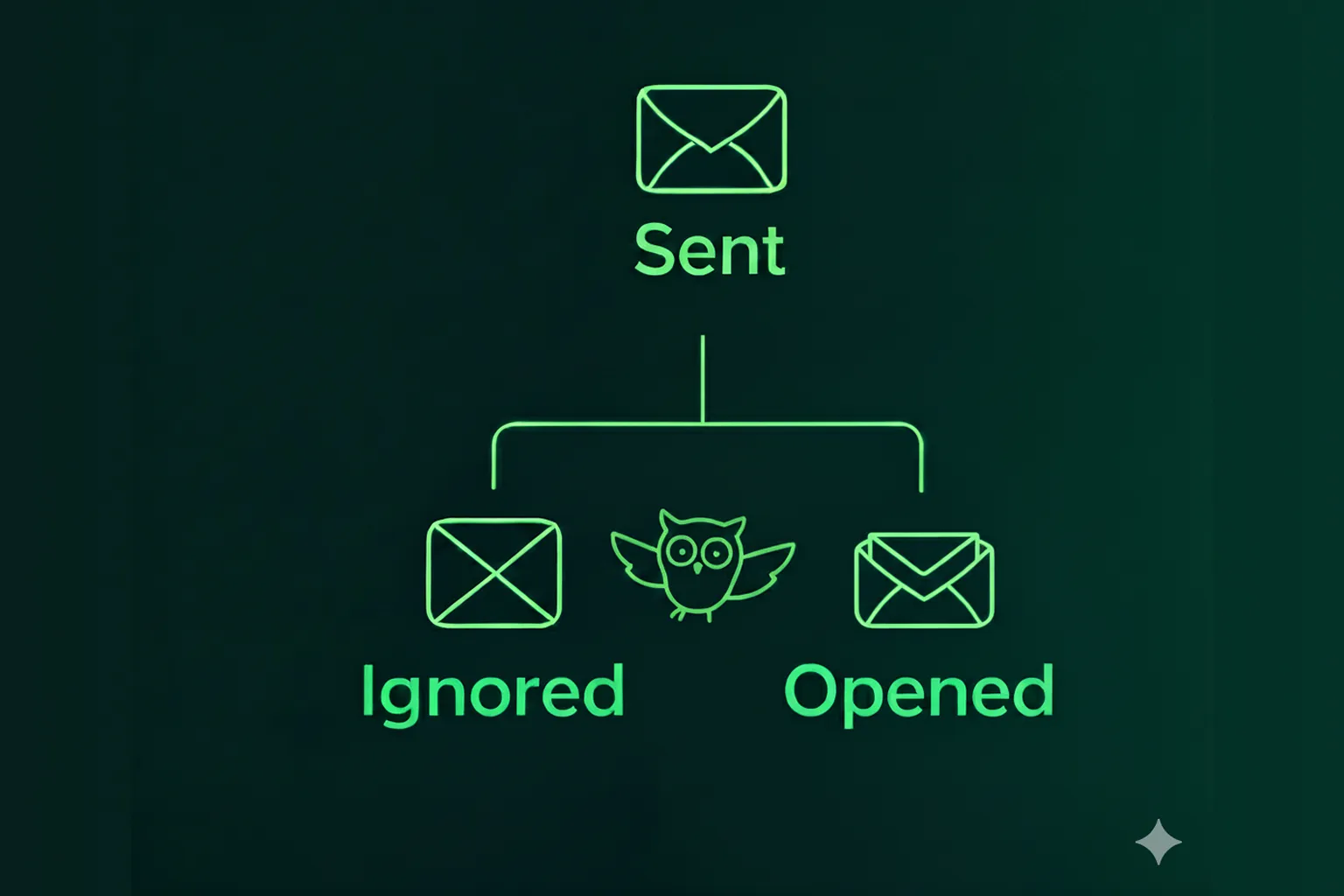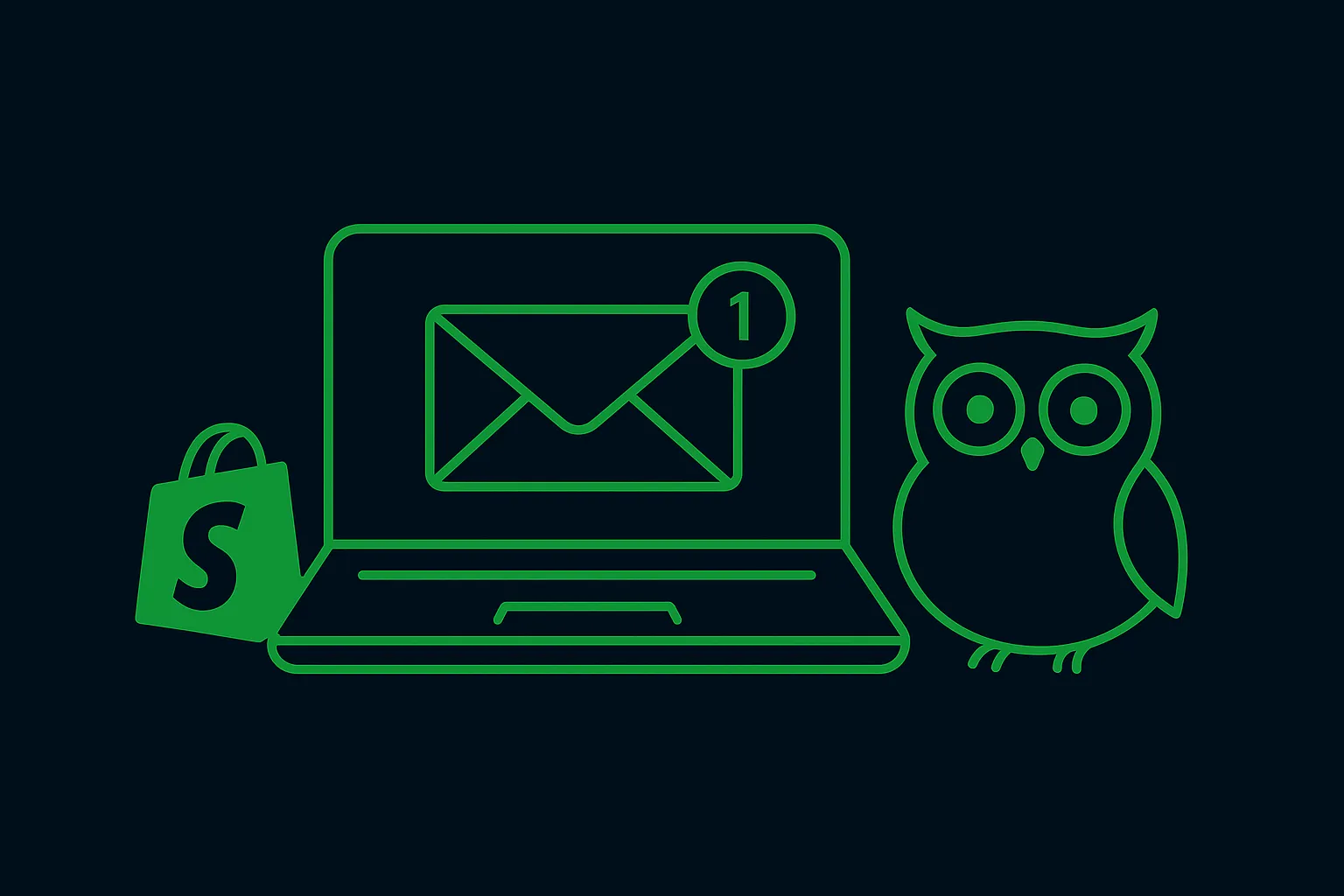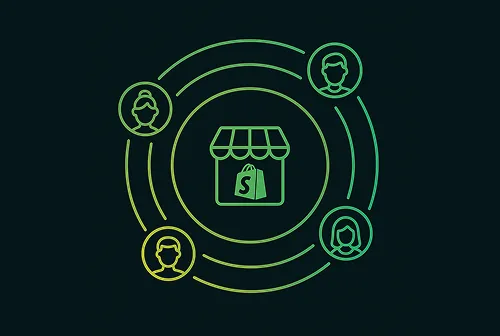Apple’s Privacy Shift: What It Means for Ecom Brands
Published on 28 June 2021
Privacy is the emerging priority in this age and while it helps keep consumers safe, it has become a point of restriction for marketers. In its last two OS updates, Apple has made changes to prioritize user privacy, giving users more control over the information that is shared about them.
This privacy change directly impacts how e-commerce businesses market their products, personalize their promotions, track audiences, and analyze their performance.
We’ll give you an in-depth and quick primer on:
📌 What privacy changes are being made by Apple
📌 How these will affect your existing marketing strategy, and
📌 How you can fill these marketing gaps with web push notifications
Apple’s Privacy Changes and How It Affects Your Marketing
Apple’s privacy changes come into play through 2 updates:
- Privacy updates that have already been rolled out with iOS 14.5
- Changes that are in the pipeline through the iOS 15 launch
These changes will affect two marketing channels specifically— Facebook ads and email.

Changes with iOS 14.5: Facebook Ads
The iOS 14.5 updates will affect Facebook ads, limiting tracking and personalization. Apps would need to work in accordance with Apple's policy— AppTrackingTransparency framework. With this, apps won't be allowed to collect data unless people explicitly opt in to being tracked by the app. With fewer people opting in, you won’t be able to personalize ads and won’t get accurate performance reports (and individual details about your audience).
Facebook has a detailed post about the limitations to ads due to this privacy change and the workarounds you can set up.
Changes with iOS 15: Email Marketing
The iOS 15 update primarily focuses on privacy updates related to email, specifically email tracking and opt-in accuracy.
With Apple’s Mail Privacy Protection, marketers won’t be able to collect information about email interactions. The sender’s IP address will be masked so, contextual information like location and online activity won’t be collected. This privacy feature will affect all Apple devices.
Due to this, you won’t be able to track your email performance (specifically open rates) and your data could be incorrect. Without enough contextual information about your shoppers, segmenting them to send personalized promotions would also be difficult.
Another feature that Apple is introducing for email is Hide My Email. With this, users can choose a unique and random email address (provided by Apple) to share with websites to keep their personal inboxes clutter-free. This email will forward the messages from the website they signed up on but the user can choose to stop receiving these emails at any time without the website knowing.
How does this hinder your email marketing efforts? Store visitors might end up using the randomized email address to sign up to your store so, you may not have access to their actual email. You’ll likely end up with inactive subscribers and have incorrect performance metrics since users can stop receiving your emails and you would never know. This also means fewer opens and clicks, and ultimately, less revenue via email marketing.
You can read Apple’s press release for more information.
Adapting your store’s marketing with an owned and unrestricted marketing channel
With these stringent privacy controls, your existing marketing strategy is sure to see a few gaps. You may not be able to rely on just Facebook retargeting to recover abandoned carts. You’ll have a hard time tracking open rates for your email marketing and may not even be reaching your subscribers when you send out your newsletters.
Of course, you’ll need to adapt to these changes. Ben Zettler, an eCommerce and digital marketing expert, recently spoke more about this on the eCommerce Fastlane podcast. You can listen in below.
But, if you want to get more control over how you promote your business, it’s best to also set up an owned marketing channel that isn’t restricted by Apple’s privacy changes and doesn’t rely on third-party platforms to communicate with your shoppers.
Web push notifications are your best bet here! An emerging marketing channel, web push notifications are directly controlled by the browser that the store visitor uses. Your shopper subscribes to your notifications through their browser and the notification is sent directly to their device screen.
Besides having direct access to your audience, you will also be able to leverage these 3 benefits with web push:
1) You don’t need any third-party apps for your marketing messages to be received by subscribers.
2) Browsers and devices haven’t set any limitations to subscribing to and receiving web push notifications.
3) You don’t need personal details like email to send and receive web push messages.
Disclaimer: Apple currently doesn’t allow website visitors on iOS (iPhone and iPad) to subscribe to web push notifications nor receive them. However, Safari iOS 11.3 now supports service workers— a technology that is required to set up web push notifications. This means that Apple could start supporting web push notifications in the near future.
Web push notifications for different use cases
Here’s a detailed look at how web push notifications can help you tackle the 3 gaps you’ll face with these privacy updates from Apple:
Tracking and reporting
Unlike the limitations with Facebook and email, web push marketing lets you track the number of subscribers that the notification was successfully delivered to, click rate, and the orders and revenue generated from it.
The subscriber data is synced with information about them through their sessions on your site, including their location, order history, page viewed, etc. This helps you personalize your notifications, create segmented campaigns, and even set up automated messages to recover abandoned carts or to remind subscribers about products they looked at.
Personalization and segmentation
With contextual information about your subscribers, you can segment them based on numerous attributes (location, order history, engagement history, etc) and send personalized campaigns to them.
For instance, you can target subscribers who haven’t bought from your store in 60 days and send them a notification to re-engage them.
Abandoned cart recovery
You can set up automated notifications to be sent to your shoppers when they abandon an item in your cart. The message within your notification can be customized to your liking— from adding a coupon code to using sales tactics like FOMO.
Just like your retargeted ads for cart recovery, the image within your notifications is dynamically generated, based on the product that the shopper abandoned.

Privacy is a growing concern in this age and marketers need to enable alternative marketing channels that work around these privacy updates and limitations within the digital ecosystem.
Web push notifications have been adopted by leading online stores to effectively market their products and retain their customers. Browse how other e-commerce brands have used web push notifications to recover carts, communicate with shoppers, and generate revenue.
Try web push notifications on your Shopify store for free and see how it works.





